EDS: What is the electronic differential lock system for?

EDS, or electronic differential lock system, is a system that protects the car from skidding during acceleration or braking. It is useful, especially on slippery surfaces, and up to a certain speed.
This article will briefly examine the electronic differential lock system, its function, and the speed limit to which this system is active.
Inhoudsopgave
- How does the EDS system work?
- Electronic differential lock components
- Advantages of the electronic differential lock
- Disadvantages of the EDS system
- At what speed does the EDS system not work?
- EDS in modern cars
- Interesting facts about the EDS system
- Frequently asked questions about the EDS system
- Conclusion
How does the EDS system work?
The EDS system constantly receives information about wheel revolutions from the ABS sensor and evaluates them. Based on this information, the EDS brakes the wheel that starts to slip, thus ensuring the transfer of power to the other wheel of the axle, which has a better grip.
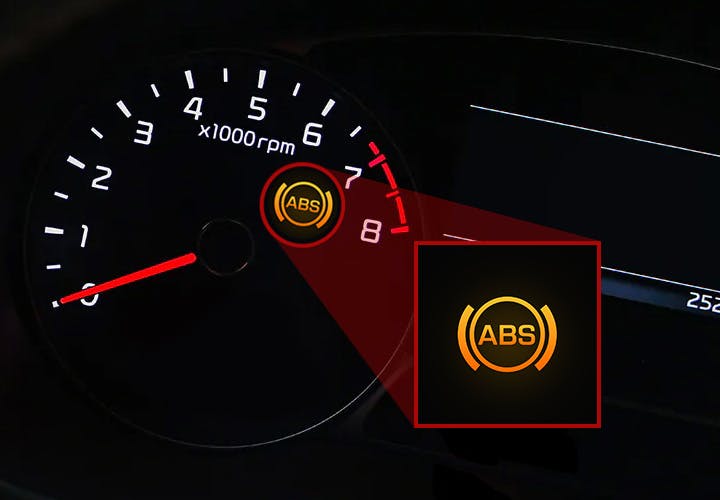
Anti-lock braking system (ABS)
By braking a skidding wheel, EDS makes starting off on a slippery road surface easier. During the same adhesion conditions between the tires and the road surface, the differential distributes the same amount of torque, and thus 50% of the driving force is transmitted to each wheel.
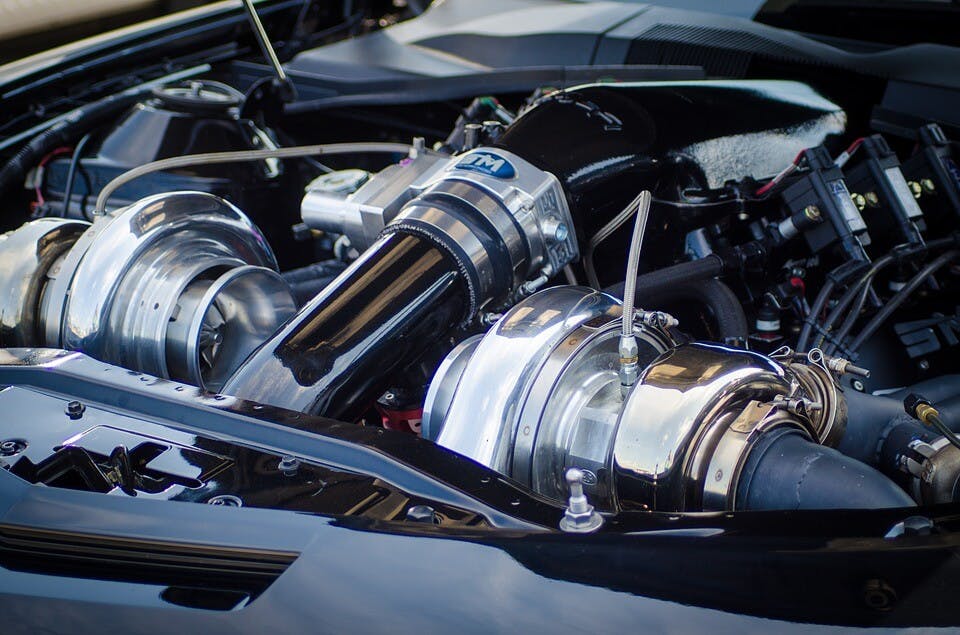
Engine Power And Torque: Which of these parameters is more important?
If one side of the car lands on a slippery surface, the magnitude of the transmitted driving moment is determined by the wheel that is slipping. Without the EDS system, one wheel slips on a slippery road, and the other just stops, which means the car does not move.
However, a car equipped with the electronic differential lock system will start to react immediately in such a case, and the EDS will start braking the slipping wheel. This helps balance the imbalance between the wheels, and the driving force will be transferred to the wheel with a better grip.
By applying the brake force on the skidding wheel, the wheel with a higher grip can transfer the force to the road, and the car can therefore move.
Electronic differential lock components
1. EDS control unit
The EDS control unit is the brain of the system. It processes signals from various sensors and initiates the necessary actions to optimize traction. The control unit constantly analyzes inputs from wheel speed sensors and determines when to apply braking force to individual wheels.
2. Wheel speed sensors
These sensors are located on each driven wheel and play a key role in the EDS system. They monitor the rotation speed of each wheel and transmit the information to the control unit. When the control unit detects a significant difference in wheel speed, it activates braking.
3. Modulation of braking force
The EDS system can apply braking force to individual wheels as needed based on the data it receives from the wheel speed sensors. By modulating the braking force, the system is able to maintain optimal traction and ensure a smooth ride.
Advantages of the electronic differential lock
Better traction
The main advantage of the EDS system is better traction on slippery or uneven surfaces. By redistributing torque to the wheel with better grip, the system prevents wheel spin and helps maintain vehicle control.
Better stability
The EDS system contributes to the vehicle's overall stability by preventing excessive wheel spin. This is particularly useful when cornering, as it allows the vehicle to maintain a predictable trajectory and reduces the likelihood of losing control.
Disadvantages of the EDS system
The EDS system will not help if both wheels are on the same surface. This system only works if at least one wheel reaches a less slippery surface than the surface under the other wheel.
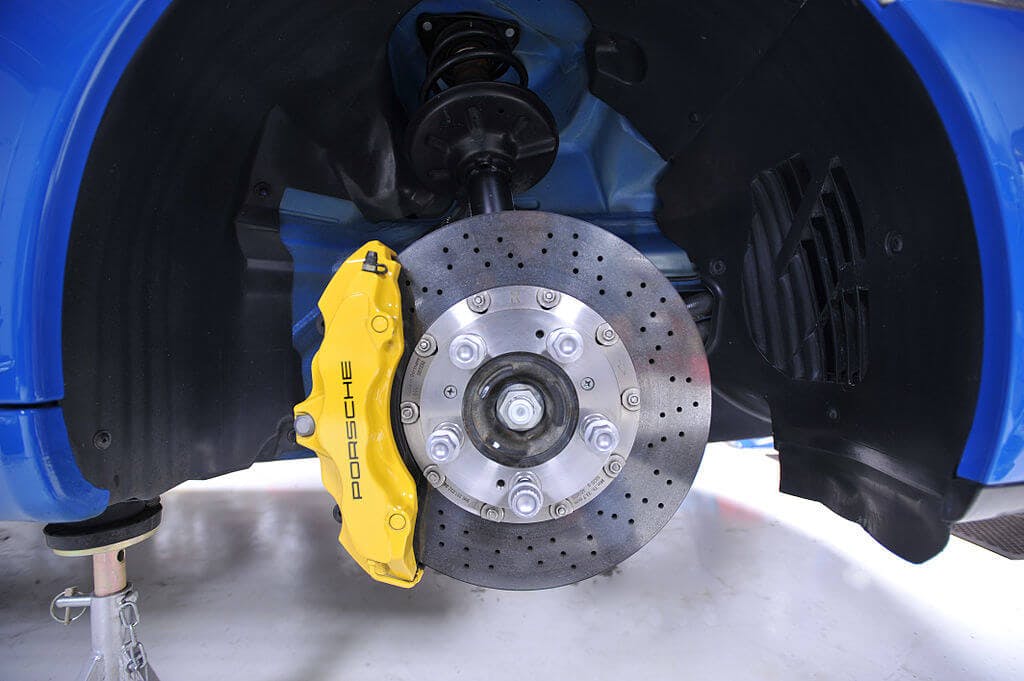
This system puts a lot of strain on the brakes, which is why cars with EDS are equipped with an automatic shutdown of this system in case the brakes overheat.
At what speed does the EDS system not work?
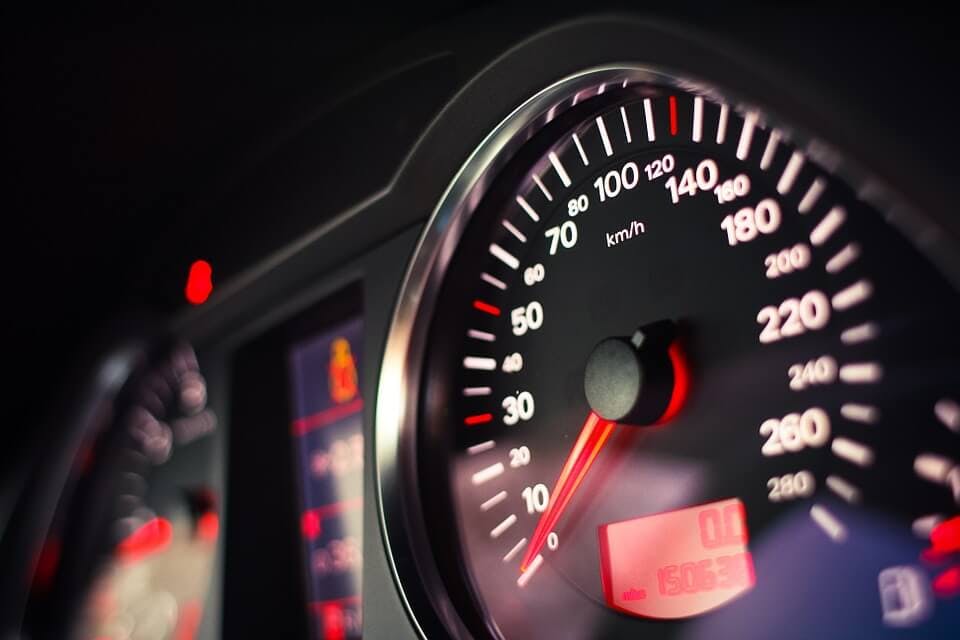
The electronic differential lock system only works up to 40 km/h (25 mph) for front/rear drive cars and 80 km/h (50 mph) for four-wheel drive cars. After these speeds are exceeded, the system is switched off.
This speed is only indicative and may vary depending on the car model, so we recommend looking at the manual for the specific model for a definitive answer.
EDS in modern cars
The electronic differential lock system is the basis of modern cars. Many manufacturers have included the EDS system in their vehicles, mainly due to the advantages that positively impact safety.
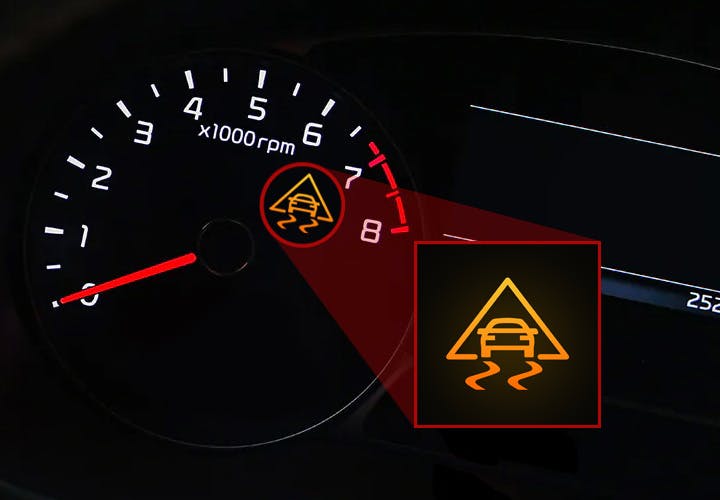
Electronic Stability Program (ESP): How does it work?
The EDS system is part of the electronic stabilization system ESP and the wheel slip control system ASR.
Interesting facts about the EDS system
Origins in motorsport: The development of the electronic differential lock goes back to motorsport, where the optimization of traction and vehicle control is key. This technology was later adapted for use in passenger cars.
Integration with other systems: EDS often works with vehicle control systems, such as electronic stability control (ESC) and anti-lock braking system (ABS). By seamlessly integrating these systems, EDS can improve vehicle stability and handling.
Adaptive capabilities: Some advanced EDS systems can adapt to different driving conditions and styles. These systems analyze various parameters, such as road surface or vehicle load, to fine-tune the EDS's functioning in different conditions.
Frequently asked questions about the EDS system
Q: How does an EDS differ from a limited-slip differential (LSD)?
Answer: Although both EDS and LSD systems (Limited-Slip Differential) are designed to improve vehicle traction and handling, the principle of operation of these systems is different. EDS uses electronic sensors and brake force modulation to redistribute torque, while LSDs are mechanical devices that use gears or clutches to control torque distribution.
Q: Can EDS be turned off?
Answer: In some vehicles, the EDS system can be deactivated using a switch or button, often located on the dashboard. However, keep in mind that turning off EDS can reduce vehicle stability and control, especially on slippery or uneven surfaces.
Q: Does EDS require regular maintenance?
Answer: The EDS system is generally low maintenance because it is integrated with the vehicle's existing braking and electronic systems. However, it is essential to regularly maintain the brakes, tires, and other related components in good condition for the EDS system to function optimally.
Q: Will the EDS system work if one of the wheel speed sensors fails?
Answer: If the wheel speed sensor fails, the EDS system may not work properly because it relies on accurate wheel speed data. In such cases, a warning light or message indicating a problem with the system may appear on the vehicle's dashboard. With this problem, it is necessary to go to the service center as soon as possible, perform a car diagnostic, and solve the problem.
Conclusion
The Electronic Differential Lock (EDS) is an innovative traction control system handy on slippery or uneven surfaces. The EDS system optimizes traction and increases the vehicle's overall stability by monitoring wheel speeds and applying braking force as needed.